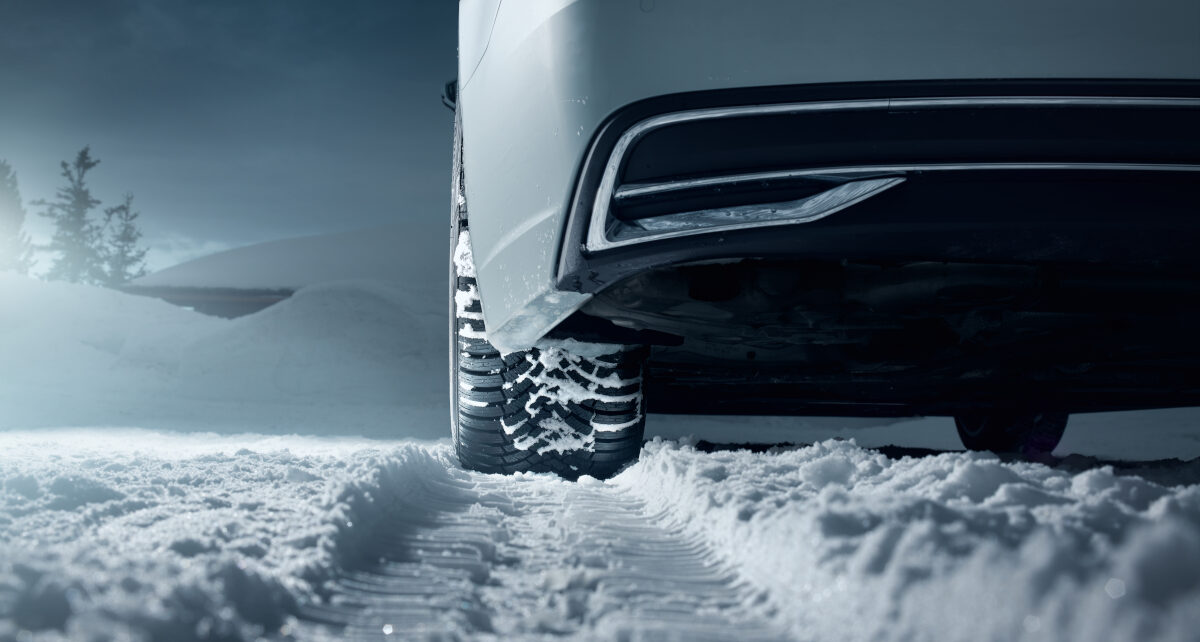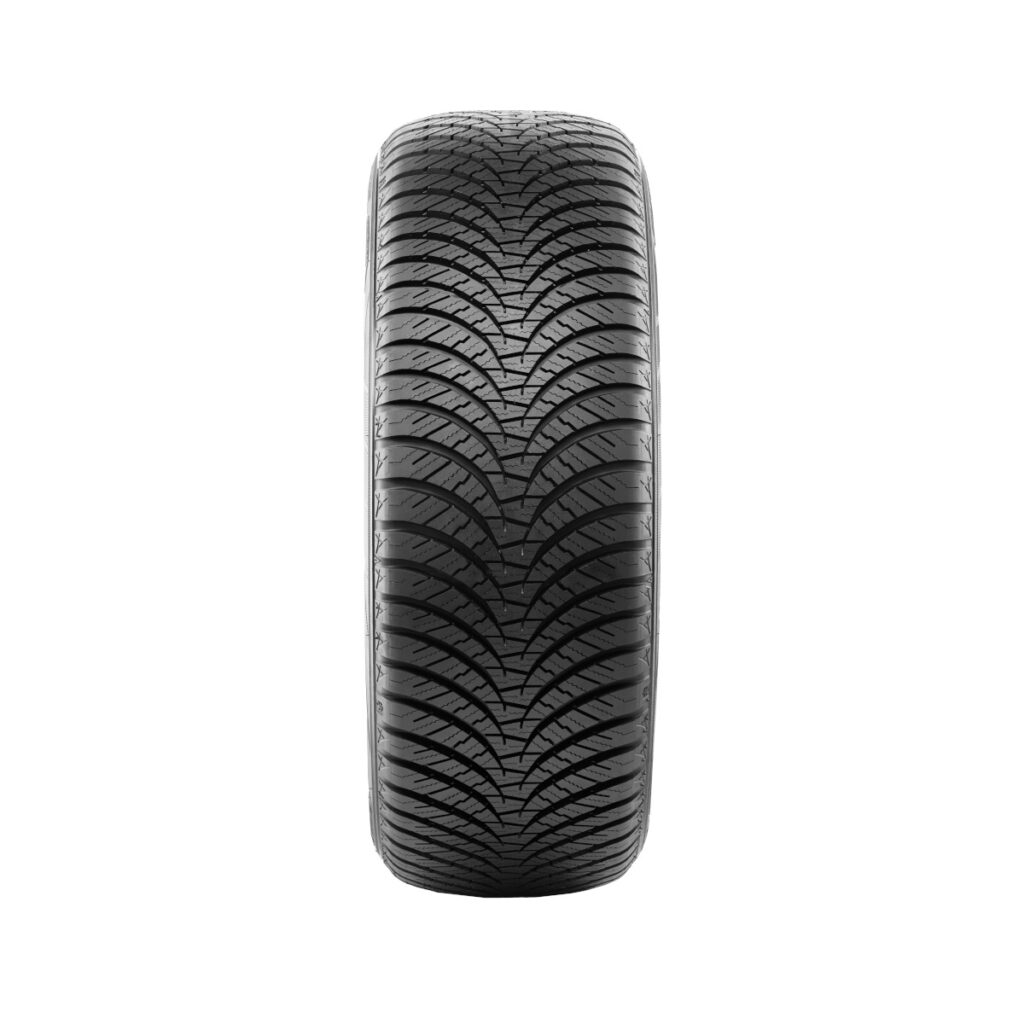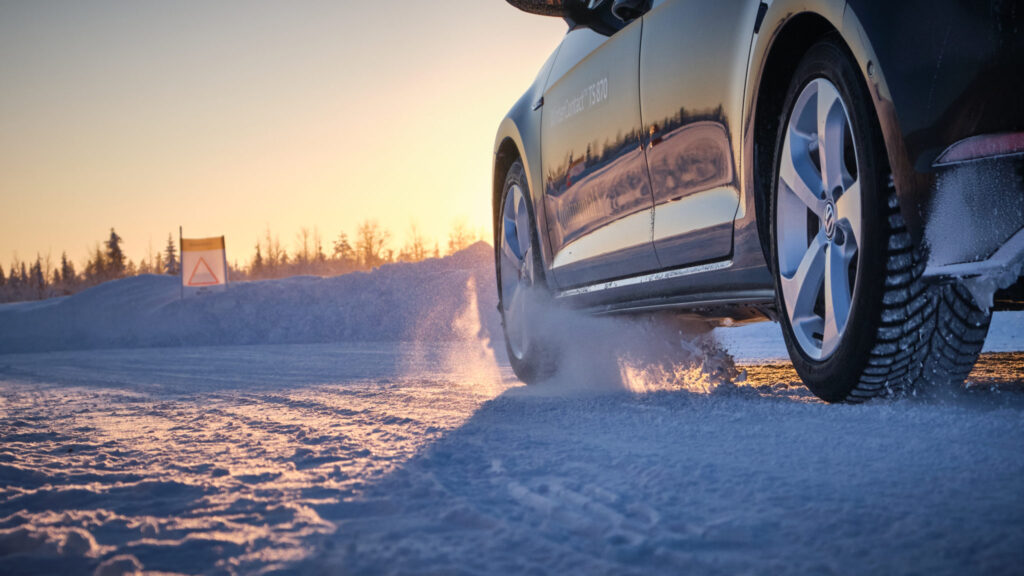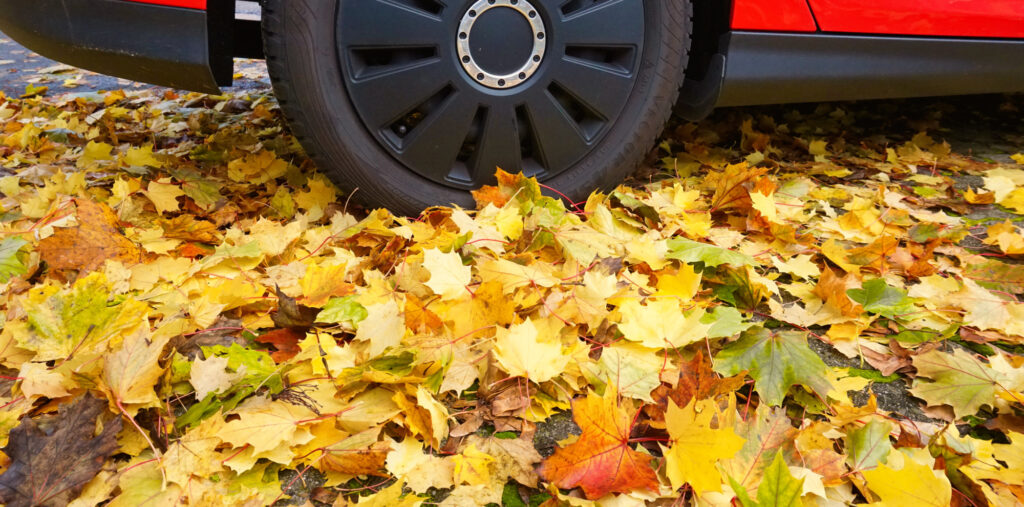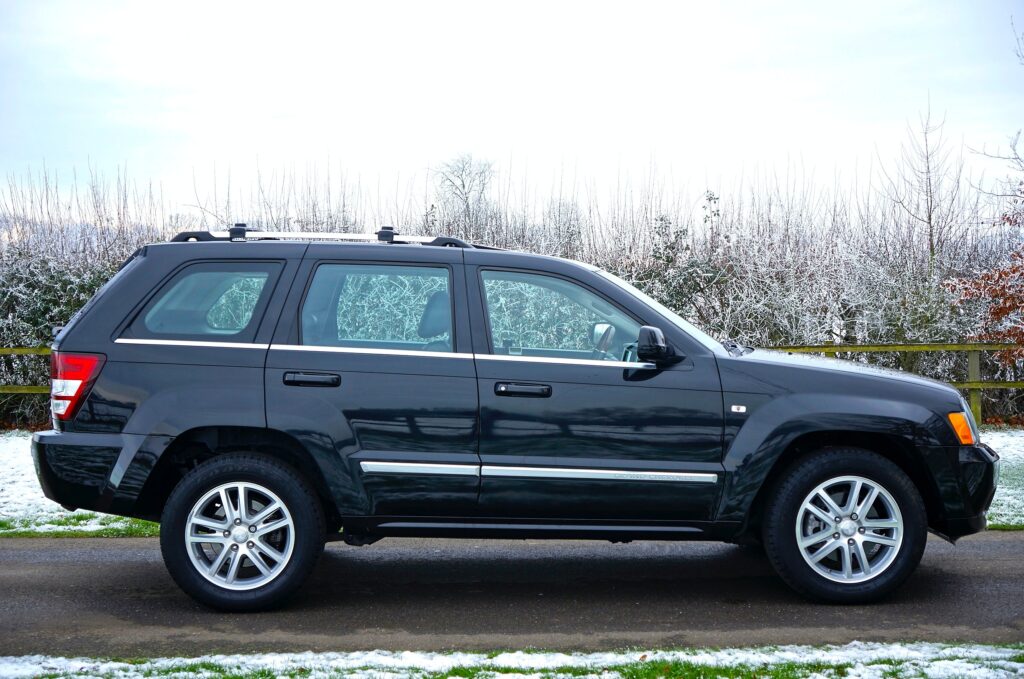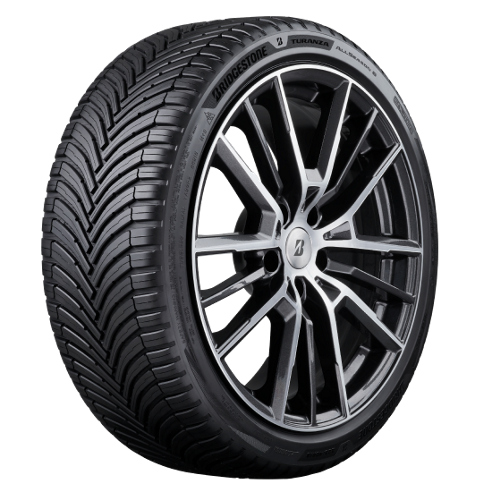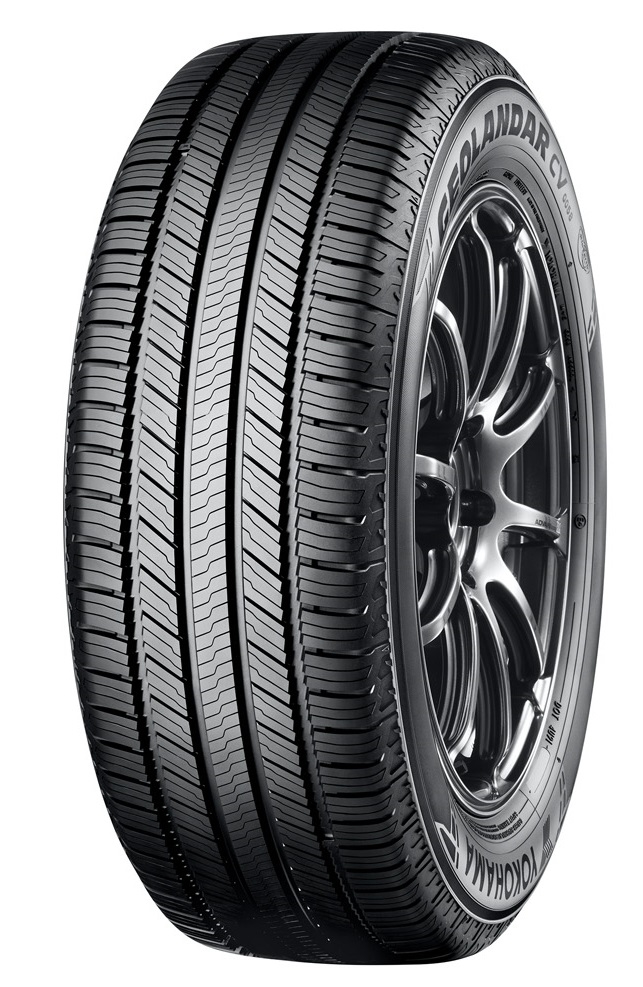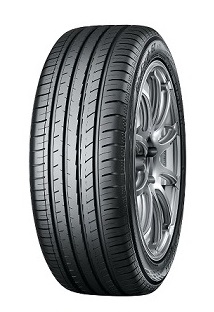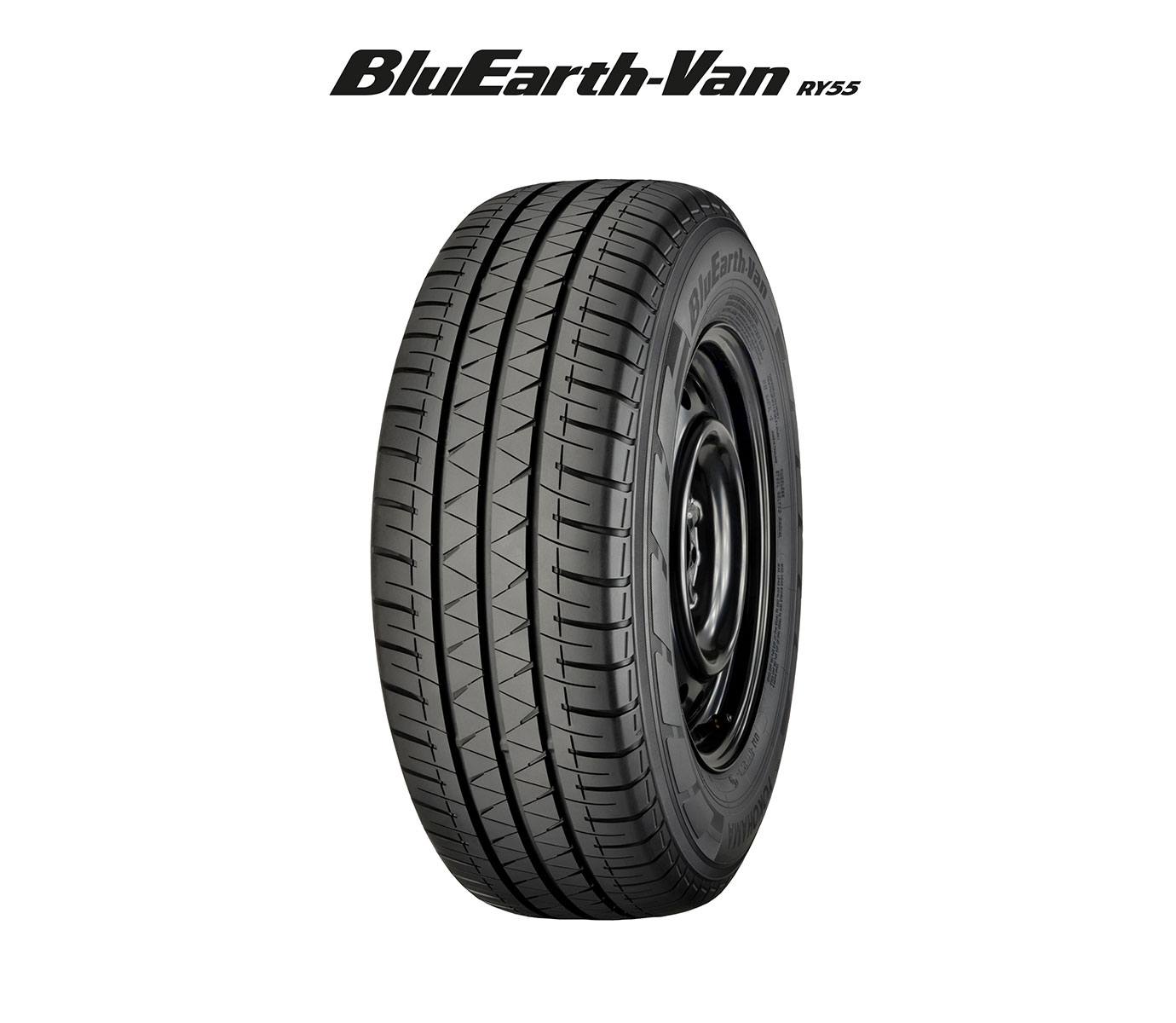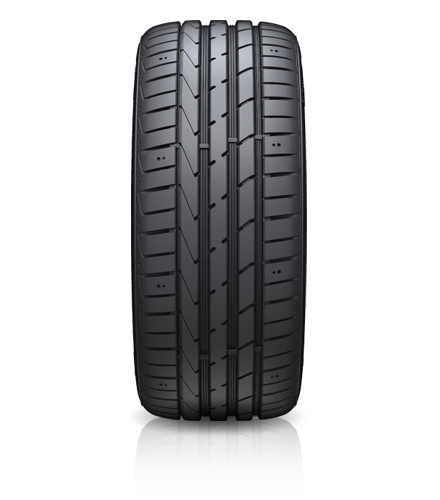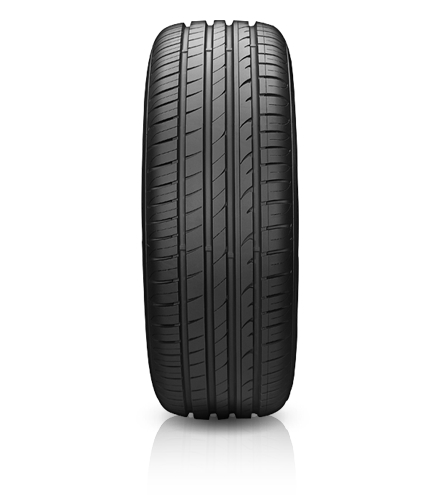
The UK’s varied winter climate means drivers can face a wide variety of driving conditions, including the prospect of treacherous ice and snow in the lowest temperatures. Whether commuting in darkness or taking a winter road trip, ensuring your tyres are up to the task is vital. To help you make sure your tyres are up to the task, leading brand Falken Tyres shared its top tips with WhatTyre.

- Check your tread depth
Ensuring that the tread depth on your current tyres meets the legal minimum is important. With road conditions changeable, driving on worn tyres in the winter puts you at greater risk behind the wheel during the season with the most reported road traffic accidents.
The simplest way to check your tread depth, if you don’t have a tyre gauge, is with a 20p coin. By placing a 20p into your tread grooves you can spot whether you need to consider changing tyres. If the outer rim of your coin is obscured, you are above the legal minimum tread depth of 1.6mm. However, if you can see part of the coin’s rim then you should consider checking your depth with a proper gauge.
Most tyres also have tread wear indicators too, these are bars of about 5mm in width on the base of the tyre’s main grooves. If you find that your tread is level with the top of the indicator, you will need to replace the tyre.
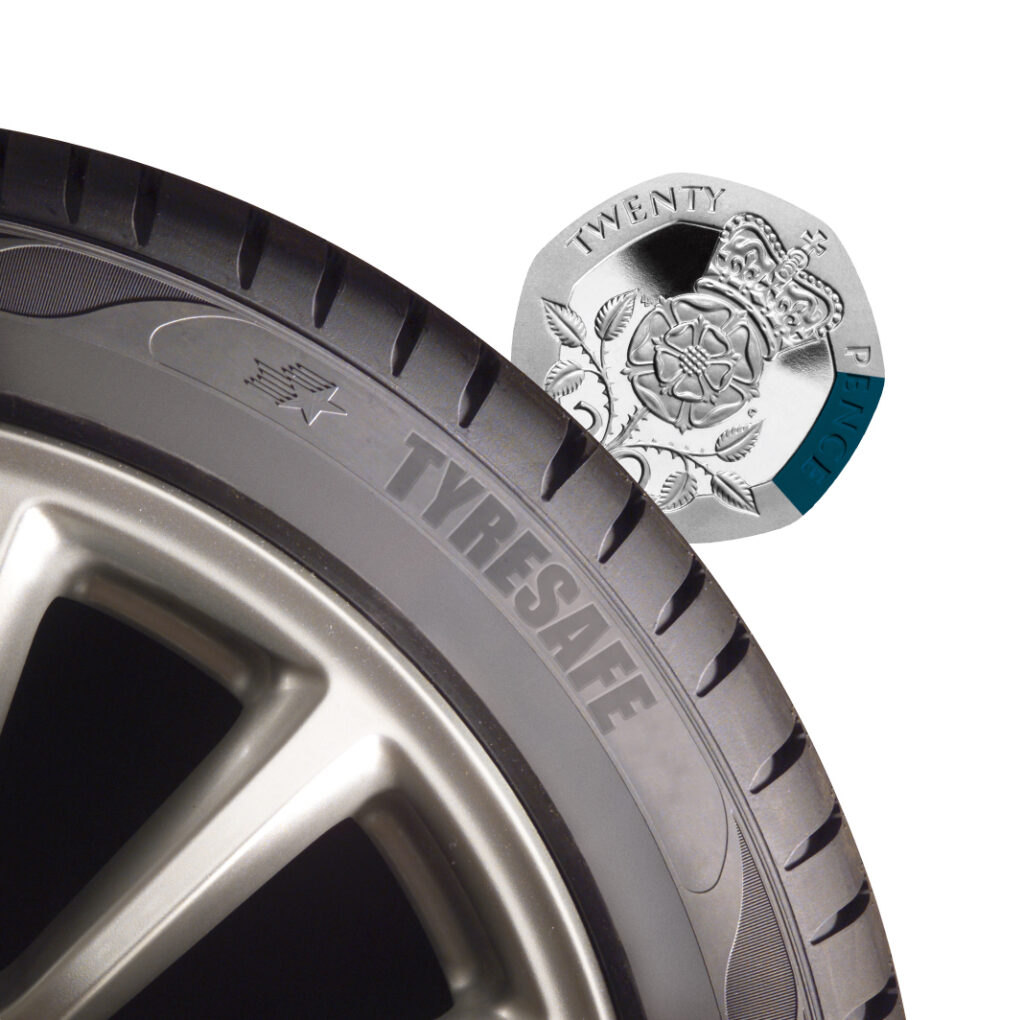
- Monitor your tyre pressures
Much like tread depth, your tyre pressures should also be checked regularly and before long journeys, the recommended pressures can usually be found in your service manual or door aperture. When the weather is changeable and unpredictable, making sure each tyre (and your spare if you have one) is inflated to the correct pressure for your vehicle will ensure you are equipped for the challenges of driving in tricky conditions.
Driving with under or overinflated tyres can have an adverse effect on your car’s braking and cornering performance, especially when the road surface is wet or covered in snow or ice. It is also worth remembering that tyres become softer when temperatures get lower.
You should especially avoid reducing tyre pressures intentionally in an attempt to increase grip in adverse weather conditions too. Cars with underinflated tyres also suffer from an increase in rolling resistance, which forces your car to use more fuel than usual to maintain its speed, resulting in more journeys to the fuel station.
- Keep tabs on the temperature outside
While driving in the winter months, you should monitor the temperature and consider the impact it has on stopping distances and grip levels.
If your car is fitted with summer tyres then you will have less grip on the road once the temperature drops below 7 degrees. This is because summer tyres are designed to perform on dry roads in warmer temperatures. By driving on summer tyres in low temperatures your stopping distances will be significantly longer and your level of traction through corners will be lower, something you should factor in when behind the wheel.
- Carry out visual inspections and pack essentials before a long drive
During the winter months, your tyres are more likely to suffer damage that could lead to tyre failures. Therefore, it is important to carry out regular visual inspections and keep your wheels and tyres clean so you can spot any cuts, bulges or debris lodged in your treads. Keeping your wheels and tyres clean will also prevent corrosion caused by the salt laid on the road affecting your wheels and brakes.
Packing essentials such as a blanket, water, first aid kit, tyre repair kit, ice scraper and a rug to place under your tyres to help you gain traction if you get stranded is also advisable before a lengthy journey.
- Consider switching to cold weather or all-season tyres
Summer tyres are the most popular segment of the market in the UK, but cold weather and all-season options are becoming more popular as knowledge and awareness of the benefits of switching grow. Major tyre brands like Falken offer flagship all-season and cold-weather tyres that by design are better suited to driving in the wet or on roads affected by ice and snow. Understanding the attributes of different tyre types will help you make a decision when you replace your current set.
For instance, Falken added new flagship cold weather tyres, the Eurowinter HS02 and HS02 PRO, to its range in 2022. They have been designed to increase water drainage with a V tread pattern and improve a car’s braking performance and traction in the snow with Miura-Ori 3D sipes.
Falken also offers a popular all-season tyre, the Euroall AS210, which features a V-shaped groove design that resists aquaplaning and enhances performance on wet roads. Its Multi-Directional Sipe positions make it a strong tyre in the snow too. As an all-season tyre, it’s capable in dry, warm conditions as well, making it a particularly suitable option for drivers in the UK searching for a tyre that works well all year round.
While all-season tyres do not offer the specialist ice and snow performance of full winter tyres, they are a significant upgrade on summer tyres in the winter months, signified by the presence of the Three-Peak Mountain Snowflake marking present on every true European all-season tyre’s sidewall. This certifies the product’s ability to perform well in the vast majority of UK winter road conditions. The other benefit of all-season tyres is that they do not need to be swapped with summer tyres when temperatures rise in spring, meaning no storage headache.
Already planning to make the switch? Ensure you change all four tyres at a time and don’t run mixed sets with a combination of summer, all-season and/or cold weather tyres.
WhatTyre’s Winter Tyre of the Year shortlist gives you the top ten best options to get the optimum cold weather driving experience. The ten tyres selected represent the best the winter tyre market has to offer…

The top 9 all-season tyres 2022
All-season tyres have really grown in popularity in recent years. Perhaps due to our temperate climate, winter tyres have only really found their niche in the most mountainous parts of the country…

The 7 best all-season SUV tyres 2022
Building on the in-depth research we did on the top 15 tyres in the SUV segment, we have also produced a ranking of the best all-season SUV tyres out there…


